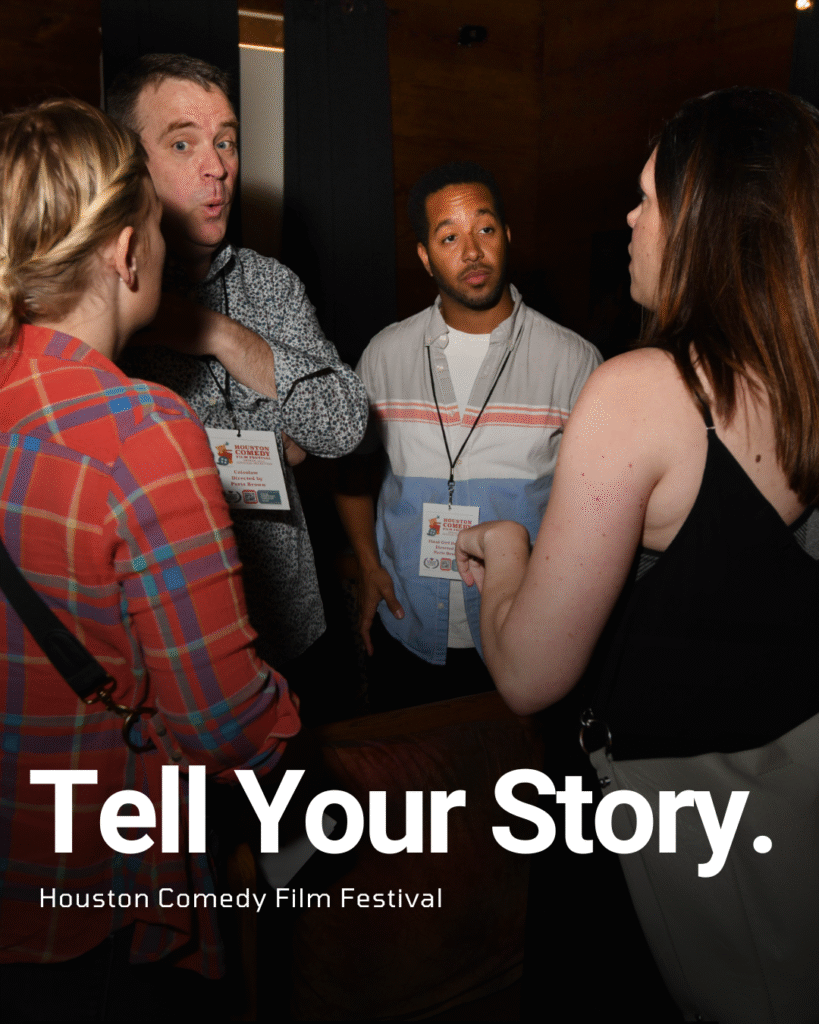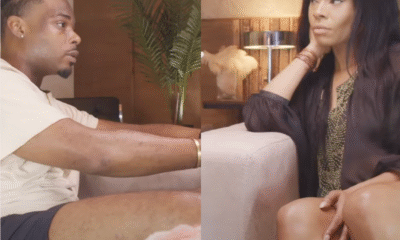Entertainment
Andy Cohen and Anderson Cooper Return to Ripping Shots on CNN NYE Special on January 1, 2024 at 2:42 pm Us Weekly
Andy Cohen and Anderson Cooper. Taylor Hill/FilmMagic
Andy Cohen and Anderson Cooper had something to celebrate while cohosting CNN’s New Year’s Eve Live special — toasting to the end of the previous year’s alcohol ban.
The dynamic duo returned to New York City’s Times Square on Sunday, December 31, to countdown to the new year. At the top of the broadcast, Cohen, 55, revealed that he and Cooper, 56, would once again be imbibing throughout the show.
“Speaking of traditions,” he began, “It’s the top of the hour and so we’ve been here for seven years doing this and for most of those years … at the top of the hour, we typically have a toast.”
When Cooper reluctantly asked whether Cohen was alluding to alcohol, the latter replied, “I guess I’m just wondering, does daddy get his juice?”
Cooper quickly retorted, “Can daddy get his juice responsibly?” before confessing that he didn’t bring anything to drink. Cohen, however, came prepared with his own bottle of tequila. “This is why I’m a really good partner to you,” he teased. “I got it. We’re doing this.”
Cohen reminded viewers that Cooper doesn’t often drink outside of the NYE special, but fans think that’s exactly what makes it so fun. “A giggly / tipsy Anderson Cooper is how every year needs to end,” one social media user tweeted on Sunday, while another added, “Andy Cohen and Anderson Cooper wasted beyond belief on national television is the only New Year’s chaos I believe in.”
A third fan joked, “I love that we, as a community, bullied cnn into letting anderson cooper and andy cohen drink on tv,” while celebrating the return of the twosome’s traditional shot-taking.
Dimitrios Kambouris/WireImage
The pair were barred from drinking during the 2022-2023 broadcast after the Watch What Happens Live With Andy Cohen host made some controversial comments on air the year before while inebriated.
“If you look behind me, you’ll see Ryan Seacrest’s group of losers performing. … I’m sorry but if you’re watching ABC, you’re watching nothing,” Cohen said during the 2021-2022 special, referring to Dick Clark’s New Year’s Rockin’ Eve With Ryan Seacrest. “We were doused with confetti from fake Journey on ABC. If it’s not Steve Perry, it doesn’t count! You get it? It’s not Journey! It’s propaganda! It’s propaganda! It’s not Journey! It’s not Journey! No, that was not Journey. Steve Perry is Journey.”
Cohen also slammed New York City’s then-mayor, Bill de Blasio. “Watching Mayor de Blasio do his victory lap dance after four years of the crappiest term as the mayor of New York — the only thing that Democrats and Republicans can agree on is what a horrible mayor he has been,” he told the audience. “So sayonara sucka.”
Following the ordeal, Cohen expressed remorse for his statements about Seacrest, 49. “The only thing that I regret saying, the only thing is that I slammed the ABC broadcast and I really like Ryan Seacrest and he’s a great guy,” he noted on SiriusXM’s Andy Cohen Live in January 2022. “And I really regret saying that, and I was just stupid and drunk and feeling it.”
The two later put rumors of a feud to rest when Cohen called into “On Air With Ryan Seacrest” in January. “I don’t like fighting with people,” Cohen said, to which Seacrest replied, “Well, we’re not [fighting]. We’re not.”
Amid the drama, CNN set a mandate for the 2022-2023 broadcast that Cohen and Cooper refrain from drinking. “We can’t drink, alright! We can’t drink,” Cohen said during the special. “But it’s fine. It’s totally cool.”
Cooper then chimed in: “Are you going to be able to make it?”
“That’s the question. We will see! Do I have a pocket full of edibles? I do. Will I take them? I don’t think so,” Cohen responded. “I don’t know, it’s a long night. This is a telethon with no disease, do you understand? We’re here all night passing time.”
Leading up to the 2023-2024 show, Cohen pleaded with the network to allow him and Cooper to imbibe again.
“Hopefully, I will not be sneaking it,” he told E! News in November. “I haven’t heard anything yet, but come on, they need to let us drink. It’s New Year’s Eve. That didn’t go well last year in terms of viewer happiness about us drinking. People really cared and I hope CNN gives the people what they want.”
Andy Cohen and Anderson Cooper had something to celebrate while cohosting CNN’s New Year’s Eve Live special — toasting to the end of the previous year’s alcohol ban. The dynamic duo returned to New York City’s Times Square on Sunday, December 31, to countdown to the new year. At the top of the broadcast, Cohen,
Us Weekly Read More
Entertainment
Kim and Kanye’s Daughter North West Faces Criticism Over Her Tattoos

North West, the 12-year-old daughter of Kim Kardashian and Kanye West, is under the spotlight once again — this time for showing off a collection of tattoos that set social media on fire. In recent photos and videos circulating online, North was seen with several arm designs, including tributes to her parents and fashion-inspired symbols. While fans were quick to admire her bold style, not everyone was impressed.
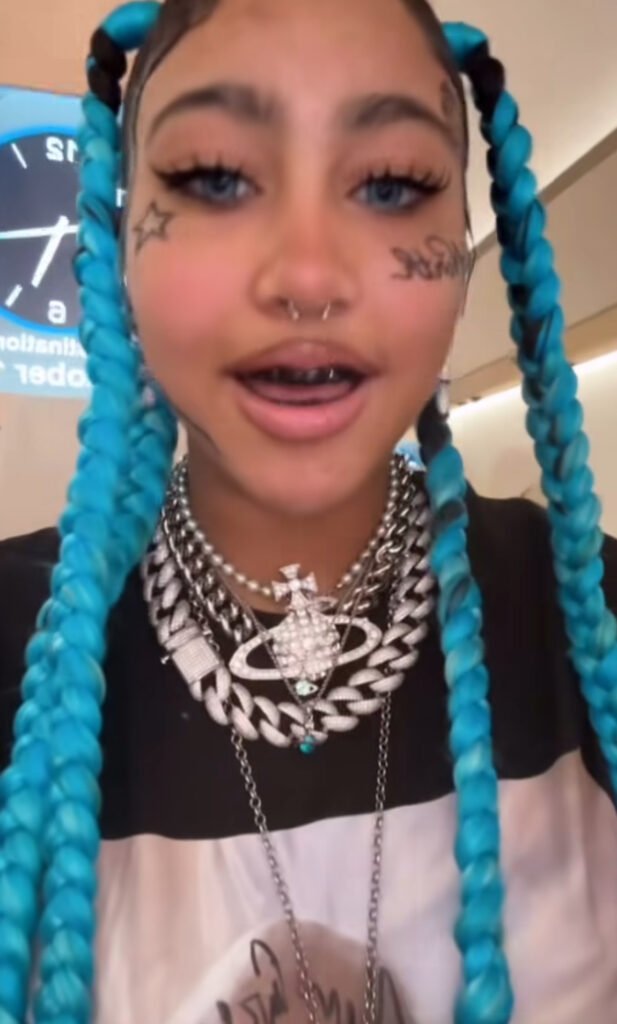
Critics argue that the tattoos — even though they appear to be temporary — are another example of celebrity children being pushed into adult trends too early. Comments flooded social media platforms, with some users saying Kim allows North too much freedom, while others defended the reality star’s parenting approach, praising her for letting her daughter explore creativity and self-expression.
“Kids should be kids,” one commenter wrote, reflecting a broader sentiment among parents online. Meanwhile, supporters pointed out that North comes from one of the most fashion-forward families in the world and that experimenting with style is part of her upbringing.
Kim Kardashian has not directly addressed the controversy, but she has often spoken about encouraging her children to express themselves authentically. North, already known for her viral TikTok appearances and fashion collaborations, seems unfazed by the criticism.
At just 12, North West continues to blur the lines between youth culture and celebrity identity — reminding the public that in the Kardashian–West household, individuality isn’t just allowed, it’s celebrated.
Entertainment
Jennifer Lopez’s Ex Fires Back: “You Are the Problem”

Ojani Noa Accuses J.Lo of Cheating After “Never Been Loved” Comments
Jennifer Lopez is once again at the center of a media storm — but this time, it’s her first husband, Ojani Noa, turning up the heat. Following Lopez’s recent Howard Stern Show interview, in which she claimed she has “never been truly loved” by any of her exes, Noa has publicly accused the superstar of cheating and playing the victim.
In the viral Instagram post that has now spread across major outlets like TMZ and New York Post, Noa didn’t hold back.
“Stop putting us down. Stop putting me down with your victim card,” he wrote. “The problem is not us. Not me. The problem is you. You’re the one who couldn’t keep it in your pants.”
“You Chose Fame and Lies Over Love”
Noa and Lopez were married briefly from 1997 to 1998, before her rise to Hollywood superstardom. In his explosive statement, he accused her of being unfaithful during their marriage, claiming she prioritized fame over their relationship.
“You have been loved a few times. You’ve been married four times. And have had countless relationships in between,” Noa continued. “You decided to lie, to cheat on me. You begged me to keep the marriage intact to avoid bad press.”
Noa described himself as “faithful, honest, and loving,” saying he uprooted his life and career to support Lopez at the beginning of her entertainment journey. “I left my family, my friends, everything behind for you,” he wrote, “but once fame came calling, you left me behind.”
Lopez Silent Amid Growing Backlash
As of now, Jennifer Lopez has not publicly responded to Noa’s allegations. During her Howard Stern interview, the singer and actress claimed her former partners “weren’t capable” of loving her, saying, “It’s not that I’m not lovable… it’s that they’re not capable.”
Her remarks were widely interpreted as referencing all of her ex-husbands — including Marc Anthony, Cris Judd, and Ben Affleck — but it was Noa who reacted first and most forcefully. His comments have ignited widespread debate online, with many questioning whether Lopez’s honesty came at the expense of others’ reputations.
Public Response and Media Fallout
The online reaction has been intense, with social media users split between defending Lopez’s right to share her truth and blasting her for allegedly rewriting history. Meanwhile, entertainment analysts note that the controversy adds to an increasingly turbulent year for the singer, following canceled tours, underperforming films, and ongoing scrutiny over her marriage to Affleck.
This latest backlash has also reignited conversations about Lopez’s highly publicized romantic history. As tabloids and fans speculate whether more exes might respond, the situation underscores an old truth in celebrity culture — that every candid confession comes with consequences.
For now, Jennifer Lopez remains silent. But in the court of public opinion, the debate about who’s really at fault in her love story is only just beginning.
Entertainment
Selling Your Soul in Hollywood: The Hidden Cost of Fame
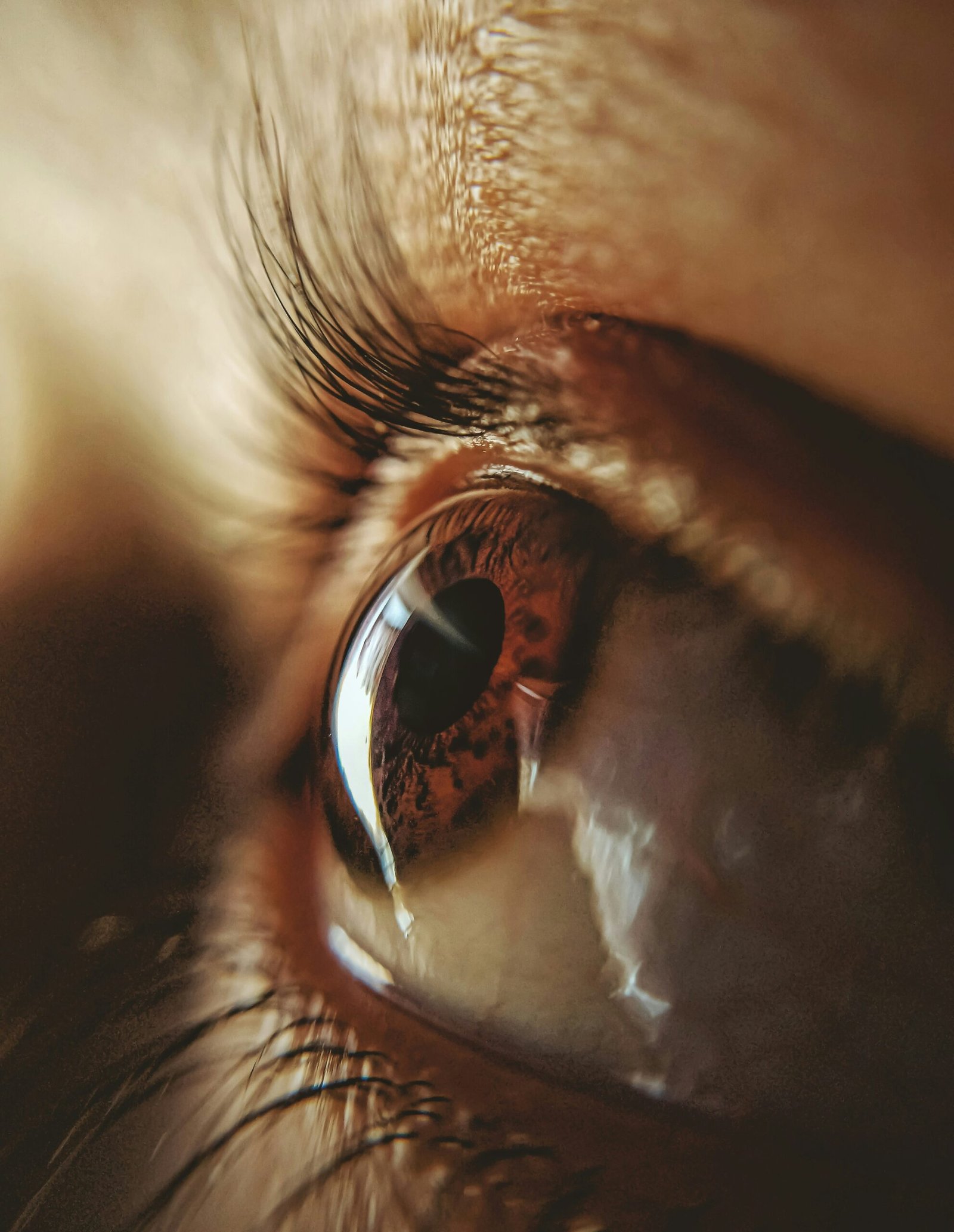
By all appearances, Hollywood is a dream factory — a place where charisma, talent, and luck collide to create stars. But behind the camera lights and red carpets lies a conversation few inside the industry speak openly about: the spiritual and moral price of ambition.
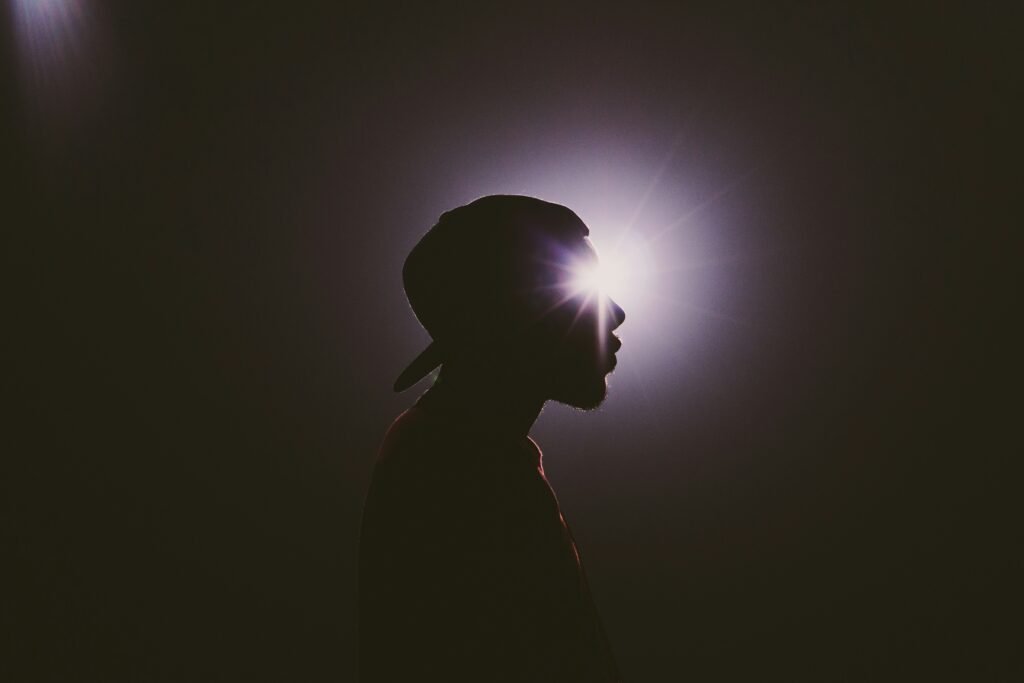
For actor Omar Gooding, the idea of “selling your soul” in Hollywood isn’t a metaphor — it’s a moral process that begins with tiny compromises. In an October 2025 interview, Gooding explained that no one in Hollywood makes a literal deal with the devil. Instead, it’s the quiet yeses, the moments when comfort overrides conviction, that mark the beginning of the trade. “They don’t say, ‘Take this or you’ll never make it,’” he said. “They just put it in front of you. You choose.”
Those choices, he argues, create a pattern. Once you show that you’ll accept something you once resisted, the industry notices. “Hollywood knows who it can get away with what,” Gooding said. “One thing always leads to another.” The phrase “selling your soul,” in this context, means losing your say — doing what you’re told rather than what you believe in.
That moral tension has long shadowed the arts. Comedians like Dave Chappelle, who famously walked away from millions to preserve his creative integrity, often serve as examples of where conviction and career collide. In resurfaced interviews, Chappelle hinted that he felt manipulated and silenced by powerful figures who sought control of his narrative, warning that “they’re trying to convince me I’m insane.”
This isn’t just about conspiracy — it’s about agency. Hollywood runs on perception. Performers are rewarded for being agreeable, moldable, entertaining. Those who question the machine or refuse the script risk exile, while those who conform are elevated — sometimes beyond what they can handle.
“We see the ‘collections’ all the time,” Gooding explained. “When the bill comes due, you can tell. They made that deal long ago.”
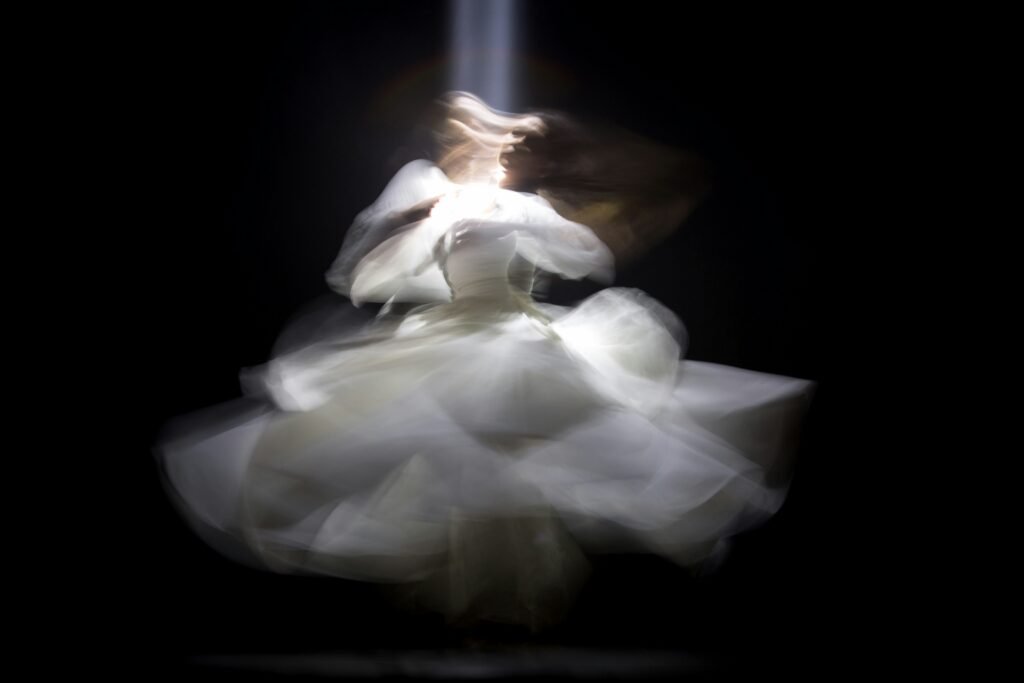
But the story doesn’t end in darkness. Gooding also emphasizes that in today’s entertainment landscape, artists have more control than ever. With streaming, social media, and creator‑driven platforms, performers don’t have to “play the game” to be seen. Independent creators can build their own stages, speak their own truths, and reach millions without trading authenticity for access.
Still, the temptation remains — recognition, validation, quick success. And every generation of artists must answer the same question: What are you willing to do for fame?
As Gooding put it, “You just make the best choices you can. Because once it’s gone — your name, your peace, your soul — there’s no buying it back.”

 Business3 weeks ago
Business3 weeks agoWhy Are Influencers Getting $7K to Post About Israel?

 Health4 weeks ago
Health4 weeks agoWhy Did Gen Z QUIT Drinking Alcohol?

 Advice4 weeks ago
Advice4 weeks agoHow AI Is Forcing Everyone Into the Entrepreneur Game

 Entertainment3 weeks ago
Entertainment3 weeks agoKeith Urban and Nicole Kidman Split After 20 Years as Actress Files for Divorce

 Entertainment3 weeks ago
Entertainment3 weeks agoTilly Norwood’s Rise Stirs Controversy

 News3 weeks ago
News3 weeks agoHow a Government Shutdown Could Hit Your Life and Wallet

 Entertainment4 weeks ago
Entertainment4 weeks agoWhy Did Dakarai Trash His NBA Letters?

 Business3 weeks ago
Business3 weeks agoOverqualified? Great, Now Prove You’ll Work for Free and Love It!




